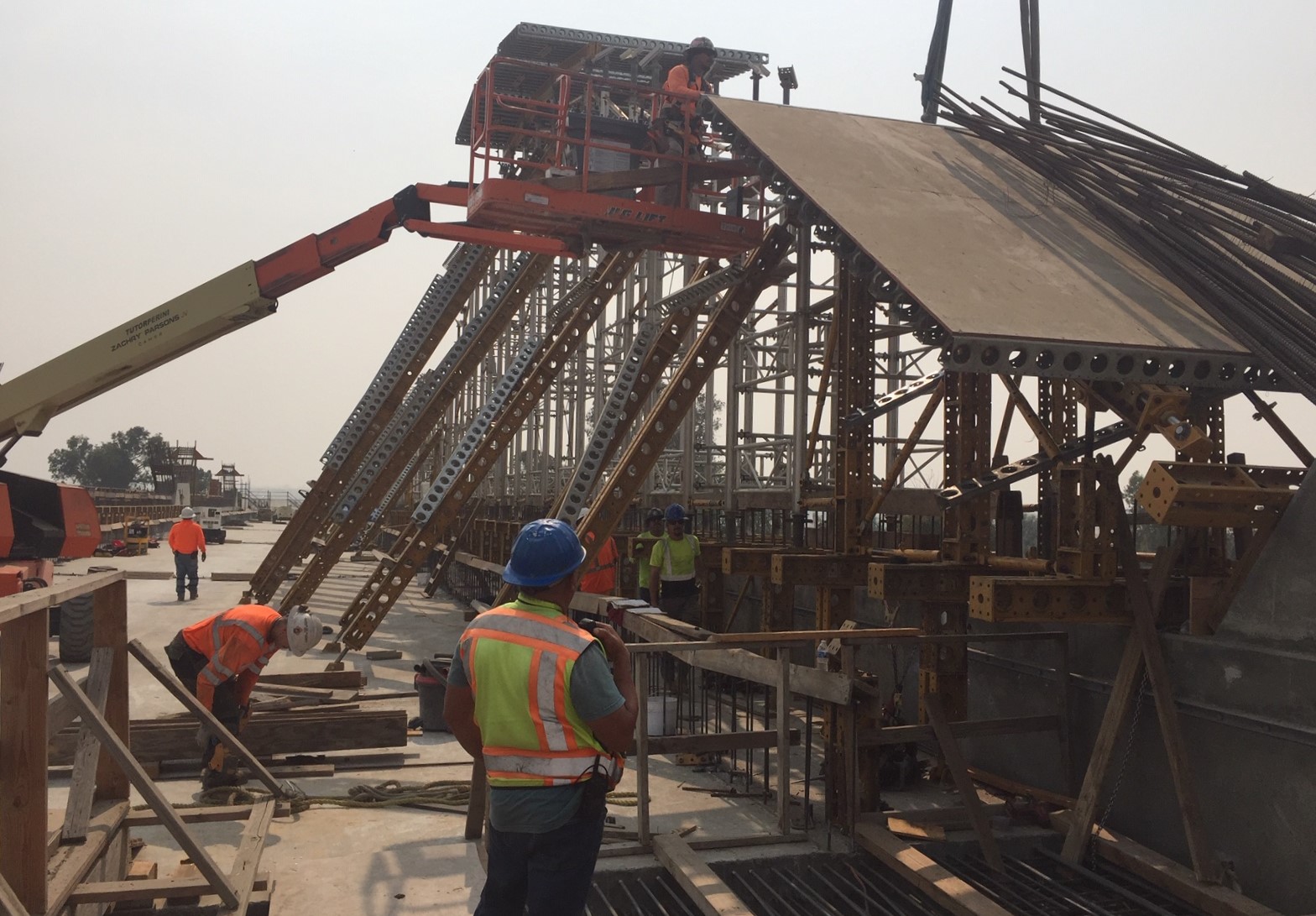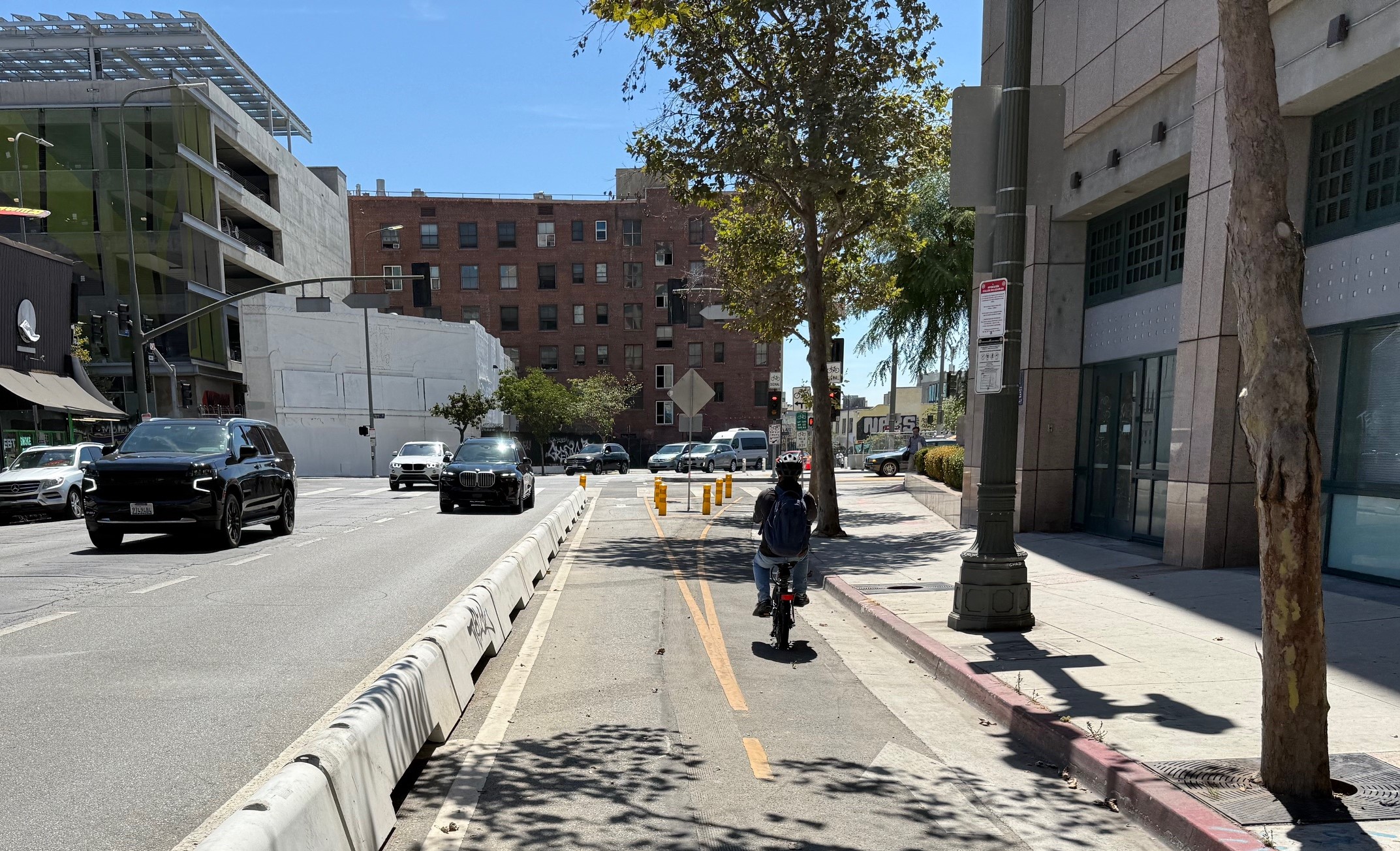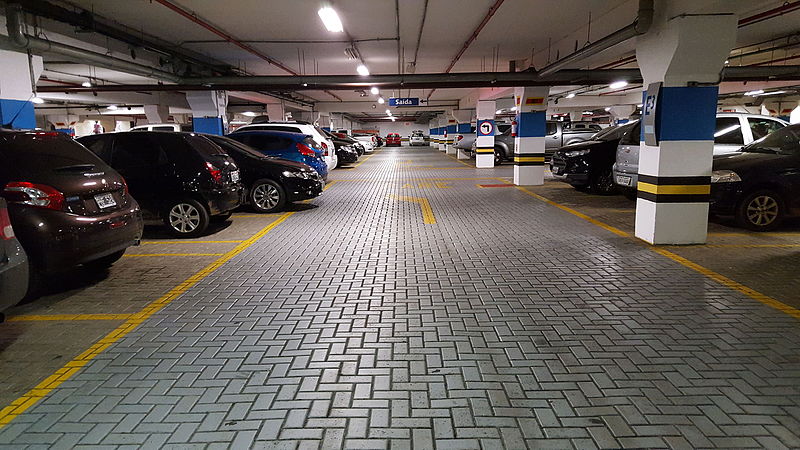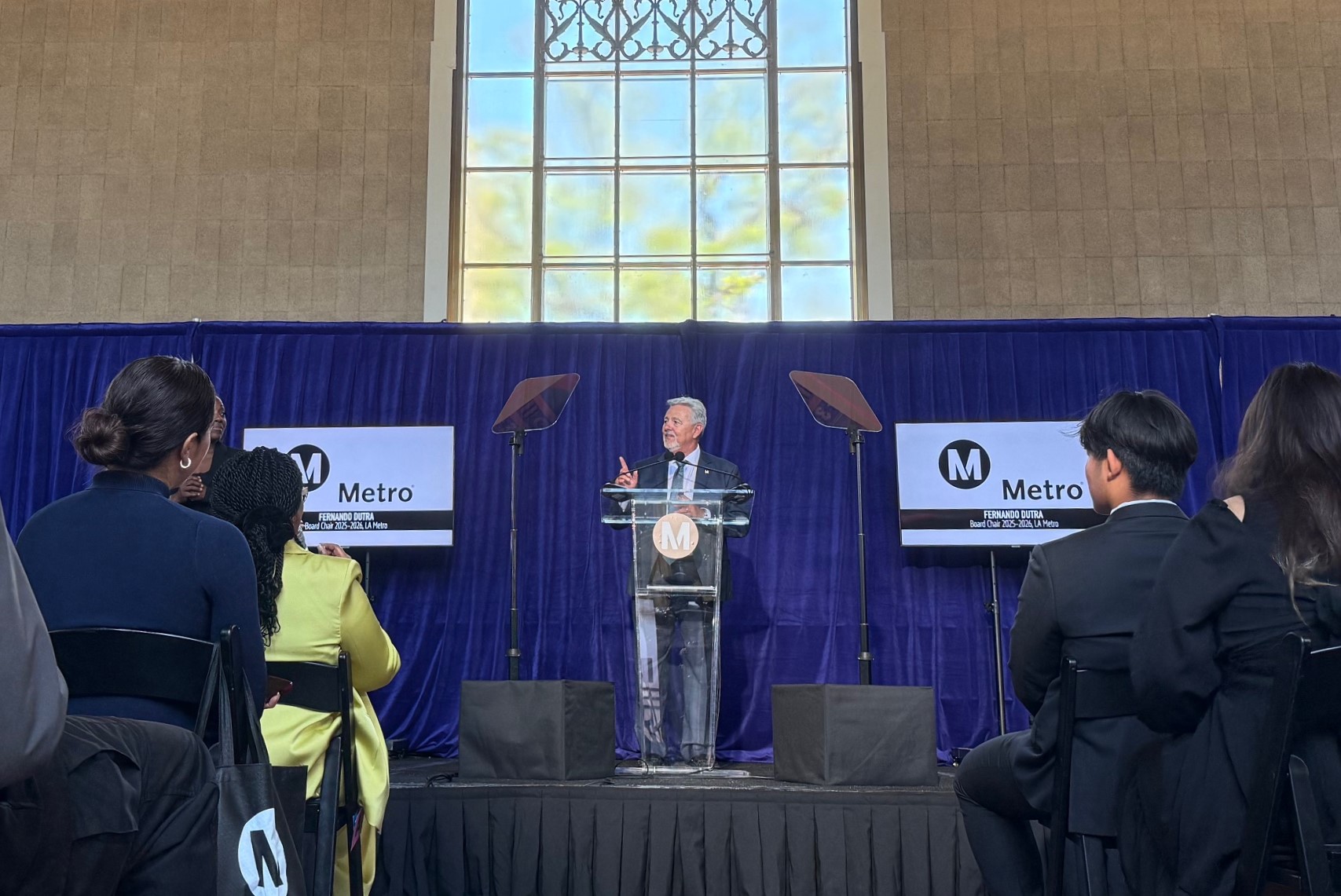A new study on shared vehicles by MIT researchers was tailor-made for internet news. Using taxi trip information, researchers developed an algorithm for pooling customers headed in similar directions. They concluded that ride-hailing services could replace 85 percent of New York City's taxis -- if up to 10 passengers shared each vehicle.
But on Twitter, many people deflated the hype:
Hi, this is called “a bus” https://t.co/5z8Hv7WUaw
— Margaret Lyons (@margeincharge) January 4, 2017
Economist Joe Cortright at City Observatory has a detailed analysis of the problems with the MIT projections. The math is sound, says Cortright, but the assumptions are not:
Autonomous vehicle designers may be using LIDAR, imaging, vehicle-to-vehicle communication and prodigious computing power, but down deep they’re still engineers, and they’ve apparently given no thought whatsoever to induced demand. Just as highway engineers have assumed that there’s a fixed demand for travel and that highways need to be sized accordingly, and ignored the effect of new capacity on in stimulating added travel, the MIT study assumed that the current level of taxi use exactly captures future travel demand. It's worth noting that the demand for taxis is limited, in large part, because New York City has long regulated the number of licensed cabs via its medallion system.
There’s no reason to believe the demand for 10- and 4 passenger vehicles would be restricted to just those who currently patronize cabs. Taxis handle about 360,000 rides in the Manhattan daily. About 2.8 million travel to or from Manhattan by public transit. If their were suddenly a viable on-street ride sharing option -- especially if it were cheaper -- the system could have much more demand -- which could swamp the congestion reducing benefits.
The big urban transportation challenge is not simply optimizing a pre-determined set of trips, its coping with the complex feedback loops that produce a fundamental law of road congestion. This study glosses over that inconvenient truth.
Cortright's full post has more insights and is worth your time.
What we're also reading today: The Frontier Group shares revised national traffic figures that show driving mileage is not increasing as much as previously reported. And Greater Greater Washington says abandoned office buildings hold promise as sites for affordable housing in D.C.







